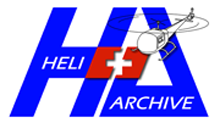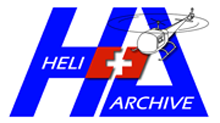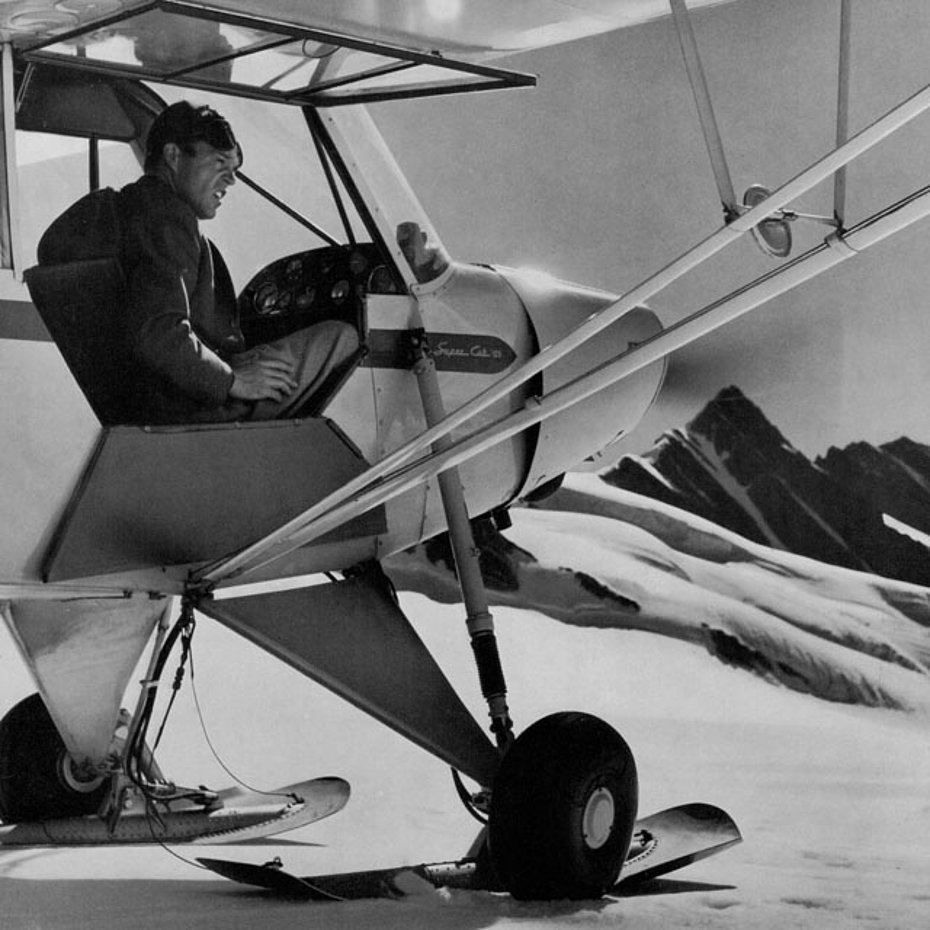
Internationally known by several nicknames, such as the glaciers pilot, the Sion’s eagle, the flying St. Bernard (as the famous working dog of the Swiss Alps), Hermann Geiger is an icon of the Swiss commercial aviation. Thanks to his incredible rescue missions in the 1950s and 1960s his popularity spread beyond the Swiss borders. In 1957, after the sailplane and airplane pilot licences, he also became a helicopter pilot. Here is a short account of his flying career.
Hermann Geiger was born on October 27, 1914 in the small village of Savièse, near Sion in canton Valais. After the compulsory school he started an apprenticeship as an automobile mechanic. He then worked as a mechanic in Valais and at the airport of Berne where he had the opportunity to approach the aviation world, a great passion cultivated since his early childhood. On September 18, 1939 he obtained his airplane pilot licence, and on June 5, 1943 the sailplane licence. During the war for various reasons it was not allowed in fact to fly with a civil airplane. Almost in the same period Geiger decided to attend the police school and became policeman. He worked for some years in Winterthur and then, in April 1947, he returned in Valais because in the meantime he had been designated as guardian of the airport of Sion. During his free time he was active as a pilot and an instructor.
In that period the Valais Section of the Swiss Aero Club had two Piper Cub, and the brand new four seat Cessna 170. This airplane had a trapdoor on the floor which could be manually opened in flight by the pilot. A similar system was fitted to the Piper Cub.
Using this practical equipment Geiger did the first aerial supply flights for many mountain building sites and remote mountain huts. During the terrible winter of 1950-51 he did hundreds of these flights dropping supplies from the air. A lot of mountain villages, as for example Zermatt, were completely isolated by the huge snow fall.
In few years Geiger logged a considerable mountain flight experience by doing these missions. He then developed the idea to directly land on the snow extending the transport possibilities of the airplane. It only missed him a robust and maneuverable model. The response to his needs materialized with the arrival of the new Piper Super Cub powered by a 125 hp engine.
In April 1952 the Aero Club of Valais was the first in Switzerland to purchase this model which was fitted with a combined wheel and ski undercarriage.
On May 10, 1952 Geiger did the first successful landing on the snow of the Kander glacier. This was the first of a very long series of alpine landings performed by Geiger who left his job as a policeman to became a full time commercial pilot.
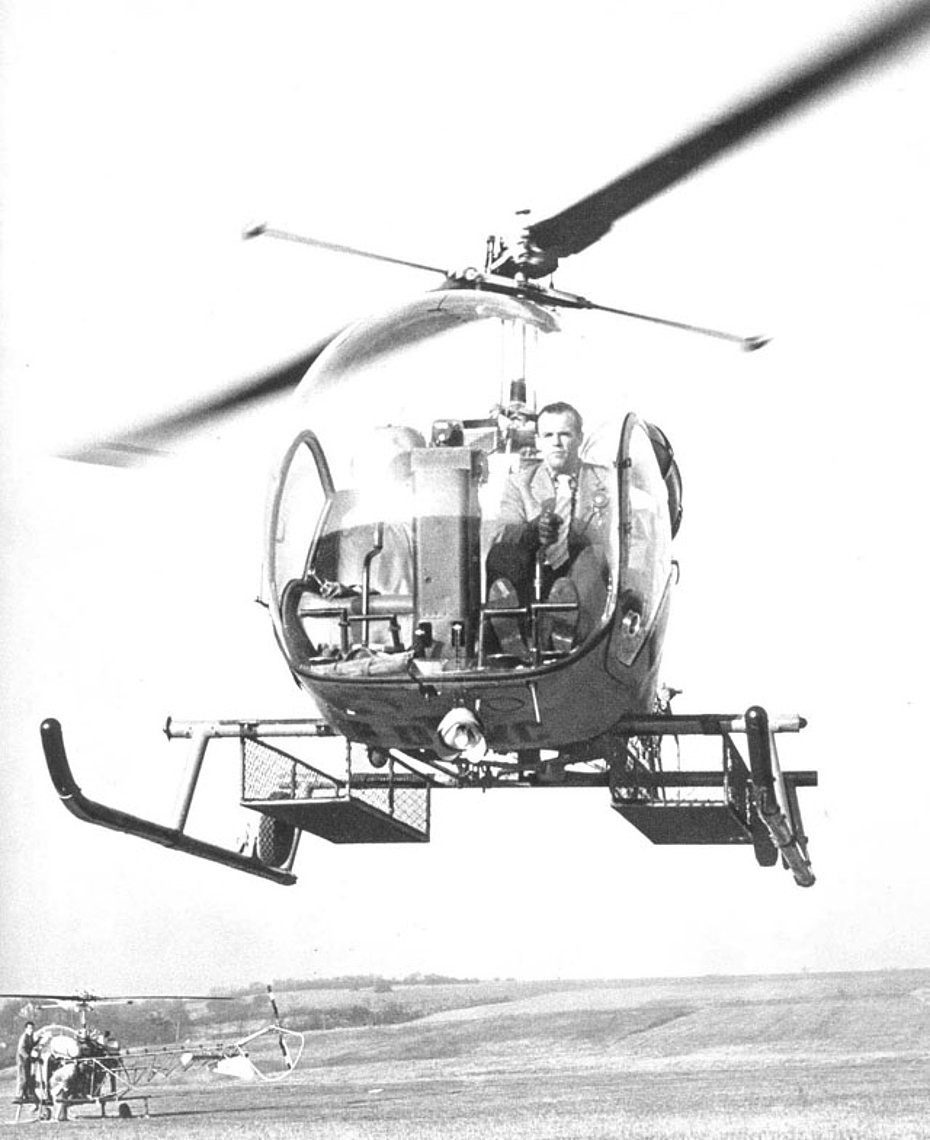
Unexpected problems with the laws applied by the Federal office of civil aviation (FOCA) initially set back this type of activity. In fact it was not possible to land outside the official airports. Fortunately a solution was found and the activity went on. Geiger was hired to fly supplies, passengers and building materials to mountain huts, construction sites and similarly remote places. He also rescued and quickly transported to hospital injured mountaineers and skiers. For this reason he was designated chief-pilot of the Swiss Life-Saving Society (SLSS), which in 1960 officially became the Swiss Air Rescue Guard (SARG), known today as REGA.
In 1956 the Swiss Cooperative Societies (Coop) raised a sum of about half million Swiss Francs to finance the purchase of an helicopter destined to the SLSS. Geiger as its chief-pilot officially accepted the expensive gift during a ceremony organized in Muttenz near Basle on February 28, 1957.
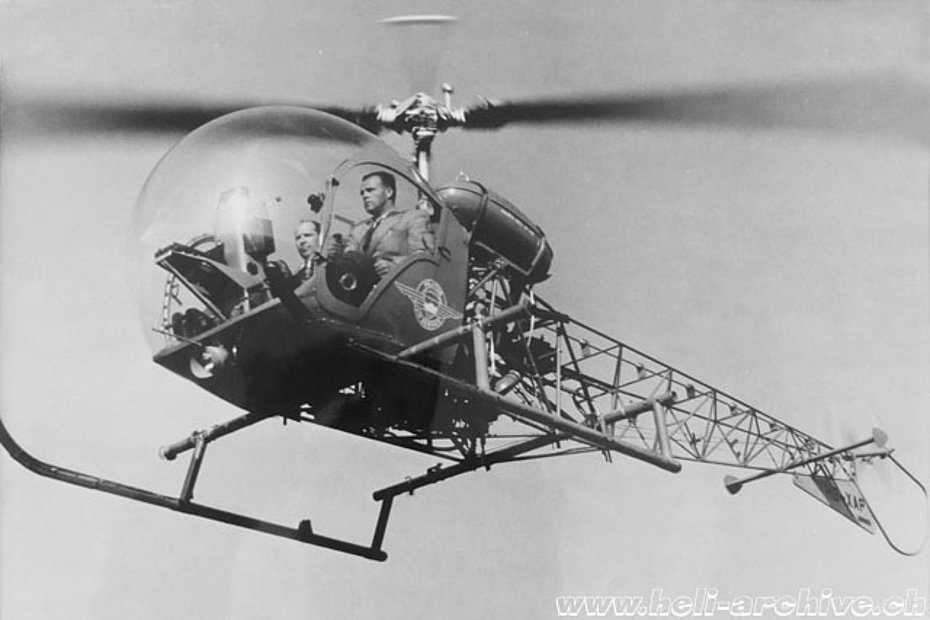
Geiger started his helicopter pilot training on November 23, 1956 at the controls of a Bell 47G at the Fenwick Aviation school in Issy-les-Moulineaux (France) with instructor Arnoud.
On December 14, after 8h30' of dual instruction he did his first solo flight.
On January 29, 1957 after totalling about 40 hours of flight time (of which 6h35' solo at the controls) he returned to Switzerland.
Between 10 and March 21, 1957 he continued his training in Kloten-Dällikon trained by Sepp Bauer.
On March 20, he did his first flight at the controls of the Bell 47J Ranger HB-XAU.
Between the 1st and the 4th of June, again with Bauer, he made several landings in the high mountains in order to learn the appropriate helicopter landing techniques and obtain the relative qualification.
On March 22, the Bell 47J Ranger HB-XAU was transferred by Geiger from Kloten to Sion after a brief stop in Belp. Immediately afterwards he began to carry out his first rescue missions.
At the end of the year it had logged 177 flight hours of flight.
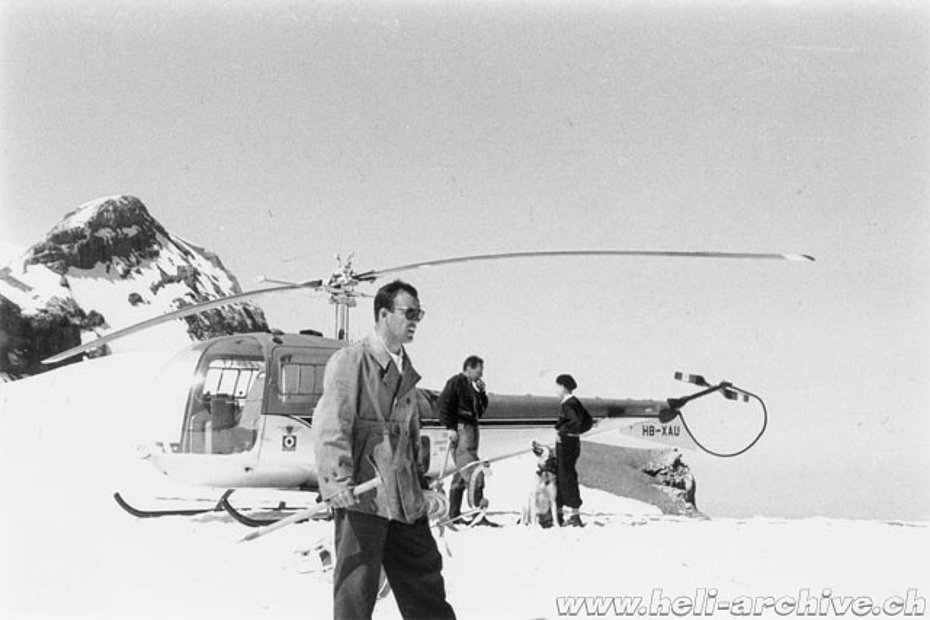
From then on the valaisan aviator began to use the helicopter for his rescue missions and later for the commercial transportation of people and material.
Despite the limited performance of the Bell 47J Ranger, Geiger, showing great expertise, carried out rescues and transports in the Swiss Alps, sometimes up to altitudes of over 3,000 metres.
Surprisingly, despite its limited performance, the Bell 47J Ranger HB-XAU was never damaged and this confirms the great skills of Geiger as helicopter pilot too.
On November 19, 1962 Hermann Geiger attended the flight instructor course organised by the FOCA in Belp. On September 29, 1963, using the Agusta-Bell 47J3B-1 HB-XBR he started to train Bruno Bagnoud, the future founder and grand patron of Air Glaciers.
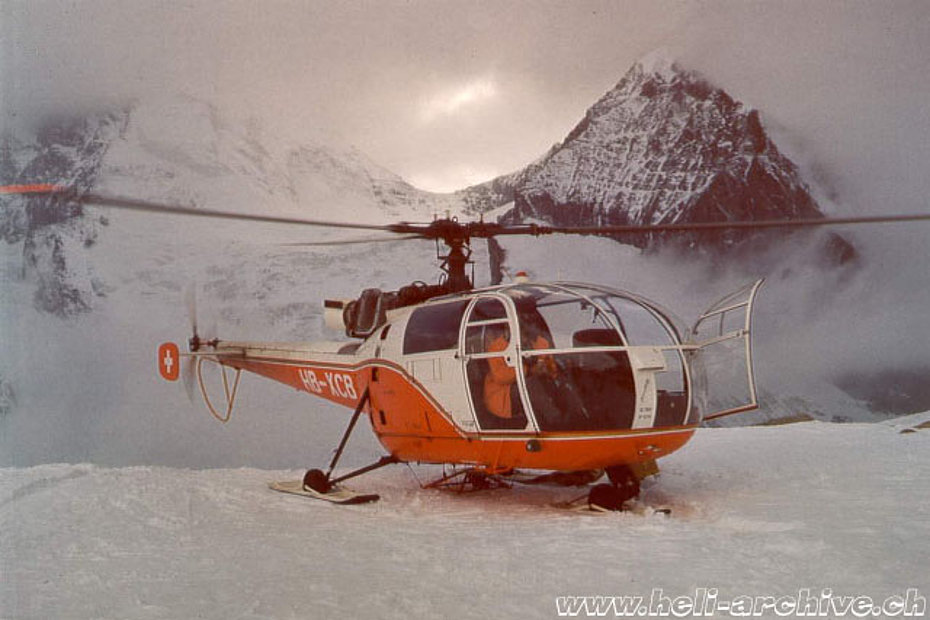
On August 1 1965 Geiger, along with Luis Dallèves and Bruno Bagnoud, founded the Air Glaciers company. Only a few days later he went to Marignane/France to take possession of the brand new SE 3160 Alouette 3 HB-XCB. This helicopter was the first of this type to be employed for civil operations.
The following year his life was tragically interrupted at the airport of Sion by an aviation accident. On August 26, 1966, at the age of 52, while performing a routine instruction flight, his Piper J3C, during take-off, hit a sailplane which was landing. After the mid-air collision both planes crashed and in the accident Geiger was so seriously injured that he died during the transport to the hospital. The other two people involved in the accident were also seriously injured, including the sailplane pilot who died a few days later.
This ended the career of one of the most popular Swiss alpine pilots, who pioneered the landing and take-off technique on and from small spaces high up in the Swiss mountains.
After many years some of his heroic missions are still remembered, especially by those who met him personally or who were saved.
During his aviation career Geiger logged more than 9'000 flight hours on airplanes and 2'600 on helicopters. In 1954 he wrote the book “Geiger, pilote des Glaciers” published in many editions. Several books dedicated to him were written, for example, “In den Alpen mit Geiger” or “Hermann Geiger 1914-1966”, and an innumerable quantity of newspaper and magazine articles. The Swiss newsreel regularly released short documentary films concerning his exploits.
In 1958 Geiger was the star of the Swiss movie "SOS, glacier pilot" directed by Victor Vicas, where he evidently played the role of an aerial rescuer.
For his rescues he received a lot of recognitions and medals. On April 17, 1959 he received from Pope Johan XXIII the Pontifical Equestrian Order of St. Gregory the Great insignia.
HAB 01/2010
